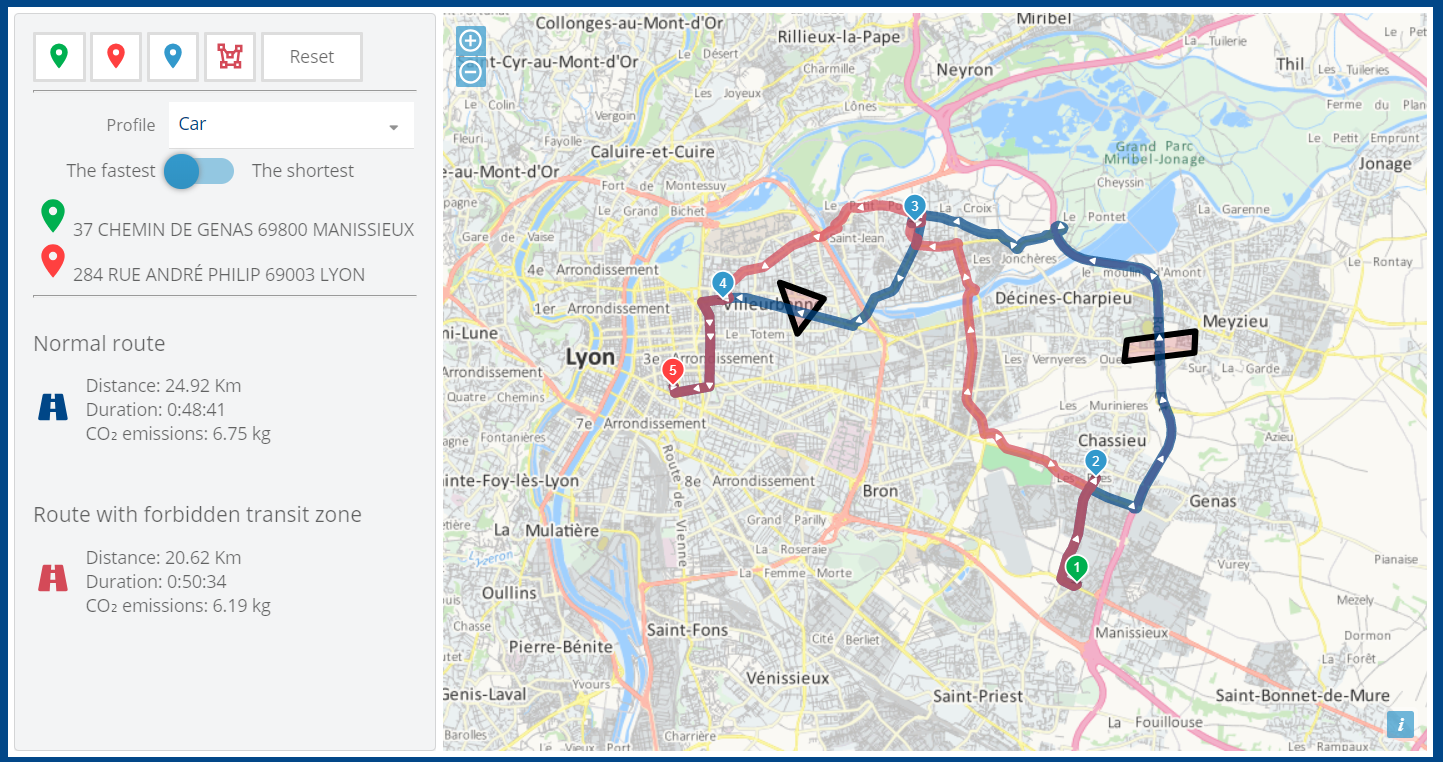There’s a lot of talk about artificial intelligence (AI) as the next best thing since sliced bread. But what does AI really mean for the food industry and what are the implications, asks Stephanie Duvault-Alexandre, a consultant at software provider FuturMaster?
Comment: How can AI help the food supply chain?
May 29, 2018 3:00:00 AM / by Charles Mortemard posted in Industry News, Industry Challenges, Routing and scheduling
Next-generation technology raises the bar for logistics managers
May 25, 2018 3:00:00 AM / by Charles Mortemard posted in Industry News, Industry Challenges, Routing and scheduling
Industry 4.0 is quickly becoming a reality, transforming not just production processes but also the way logistics managers operate.
Innovation and customer expectation driving supply chain investment
May 22, 2018 3:00:00 AM / by Charles Mortemard posted in Industry News, Industry Challenges, Routing and scheduling
A joint survey of supply chain executives from JDA Software, Inc. and KPMG LLP has shown that trying to keep up with customer expectations is driving retailer investment, while agility and innovation are driving manufacturers’ investment in their supply chains.
Supplier competition heats up as retailers focus on speed and precision
May 18, 2018 3:00:00 AM / by Charles Mortemard posted in Industry News, Industry Challenges, Routing and scheduling
Dive Brief:
- Becoming a preferred supplier with top retailers is about to become a heated competition as supply chains accelerate and retailers increasingly focus on "speed and precision," a McKinsey&Company article reads.
- Some retailers like Kroger and Walmart are already fining late shipments from suppliers, plus delivering smaller shipments faster, as retailers seek more control over inventory.
- Suppliers that exceed retailers' expectations will "have the opportunity get ahead of their rivals by capturing market share in increasingly important online channels and securing preferred-supplier status with major customers," according to McKinsey.
A Smart Retail Return Policy Is Much More Than Free Shipping
May 15, 2018 3:00:00 AM / by Charles Mortemard posted in Industry News, Industry Challenges, Routing and scheduling
Consumers hate to pay for product returns, so when mainstream media looks at retail returns, that tends to be their focus.
A report by CNBC asks this question about retail return policies:
“How is it that, living in a world where marketers can track
our moves online and off like never before, when they can build sophisticated models factoring in what we buy, what we read, what we like, how we sleep, and our favorite song, online retailers are still charging for return shipping when they could be making so much more if they didn't?”
A new way to automatically build road maps from aerial images
May 11, 2018 3:00:00 AM / by Charles Mortemard posted in Industry News, Industry Challenges, Routing and scheduling
“RoadTracer” system from the Computer Science and Artificial Intelligence Laboratory could reduce workload for developers of apps like Google Maps.
Map apps may have changed our world, but they still haven’t mapped all of it yet. Specifically, mapping roads can be difficult and tedious: Even after taking aerial images, companies still have to spend many hours manually tracing out roads. As a result, even companies like Google haven’t yet gotten around to mapping the vast majority of the more than 20 million miles of roadsacross the globe.
Retailers go the 'extra mile' as e-commerce costs grow
May 8, 2018 3:00:00 AM / by Charles Mortemard posted in Industry News, Industry Challenges, Routing and scheduling
Dive Brief:
- E-commerce logistics costs in the U.S. reached $117.2 billion in 2017, according to a report consulting firm Armstrong & Associates (A&A) provided to Supply Chain Dive. E-commerce costs represent 6.9% of total U.S. logistics costs, an increase from 5.2% in 2016.
- Amazon's introduction of Amazon Prime was the "turning point" for e-commerce logistics, A&A said in its report. With the promise of free two-day shipping, the online giant created a "new normal" for consumer deliveries.
- A&A named three factors — delivery speed, delivery price and assortment — as the biggest factors that have transformed e-commerce logistics and created challenges for retailers
Alibaba and Fonterra pilot blockchain technology in fight against food fraud
May 4, 2018 3:00:00 AM / by Charles Mortemard posted in Industry News, Industry Challenges, Routing and scheduling
Chinese e-commerce giant Alibaba has teamed up with Fonterra to trial its Food Trust Framework, an initiative that uses blockchain technology to track consumers food across its supply chain.
Retailers shift priorities to conquer the 'new battleground' of urban logistics
May 1, 2018 3:00:00 AM / by Charles Mortemard posted in Industry News, Industry Challenges, Routing and scheduling
Dive Brief:
- Retailers are shifting their strategies to provide better service for consumers, with nearly half in a survey by Auburn University saying their supply chain management strategy is to balance cost and service. By contrast, only 8% said their strategic focus is to cut costs.
To enhance service, retailers are focusing on urban markets. 80% surveyed said urban fulfillment is an area of growth, with one respondent describing urban logistics as "the new battleground."
Digitizing the Global Supply Chain: Three Ways to Create Value
Apr 24, 2018 3:00:00 AM / by Charles Mortemard posted in Industry News, Industry Challenges, Routing and scheduling
The process of digitizing global supply chains continues to generate a lot of interest and discussion in the industry, perhaps because it’s really about embarking on a transformational journey. While the end destination offers some great potential benefits, there are some key questions for many companies, including: are we even ready to get started? What are the prerequisites to digital supply chain transformation? And once we get started, in what ways can we ultimately achieve value?
_Logo%20horizontal%20bleu%20et%20vert-1.png?width=1398&height=422&name=(RVB)_Logo%20horizontal%20bleu%20et%20vert-1.png)




